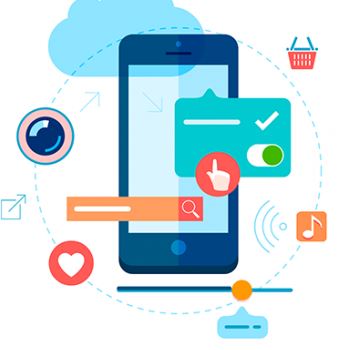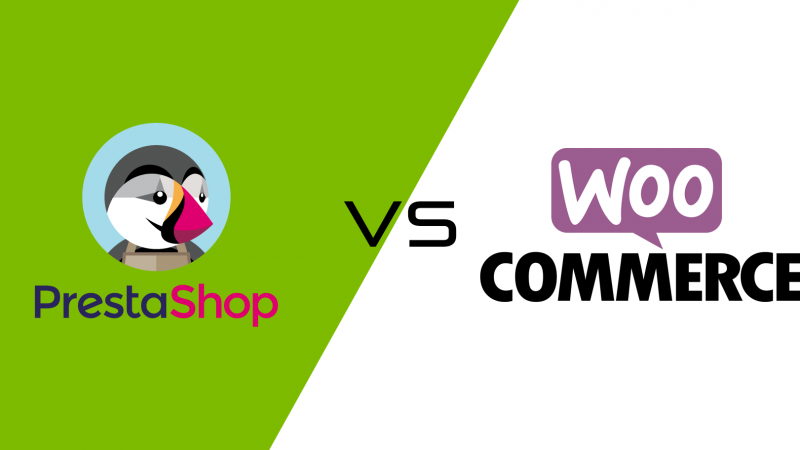How Can Offices Upgrade Their Task Processing Means With QR Codes?

Now that most companies are mandated to slowly go back to their offices and settle back to work in an office, the need to upgrade their task processing escalates.
Returning to work becomes a strain for them due to the additional documentation that offices require of their employees.
And as a result of that policy, offices are using paper to obtain the necessary information from their employees.
However, when office drawers fill up, some of the obsolete documents are in garbage cans and landfills.
Because of this problem, many companies are now looking for a better alternative to upgrade their task processing means while minimizing the cost and waste incurred.
With many tools considered, many companies are now incorporating an online QR code generator with logo software to turn most of their office files and processes into a QR code.
Ways to Use QR Codes in Upgrading Task Processes in the Office?
The number of people who utilize QR codes is growing as they are more employed in contact tracking, reading digital menus, and payments. Because of the rising awareness of QR codes, here are five unique ways to include their use in today’s offices.
1. Check-in and Appointments
Now that most offices are currently occupied and fully operating, the security of the building’s most high-earning offices takes place, still using the traditional means of checking who went in and out of the building. To remedy the problem, many offices are now integrating a new way for their workers and guests to check-in and set an appointment for their transactions.
Going contactless with check-ins and appointments is the way to avoid potential complications such as long lines when checking in and out of the facility.
Furthermore, you may employ QR codes to allow users to fill out forms on their smartphones with a simple scan by going contactless. People don’t have to wait longer in huge queues and will be able to keep up with their visits for guests and work for employees.
2. Sharing company files and memorandums
Another means companies can incorporate the use of QR codes to store and share files and memos. They can integrate a PDF QR code to keep the PDF copy of their office files and memorandums.
To make this work, you’ll need a specific bulletin board where you can post your note QR codes for quick scanning by you and your coworkers. After that, you’ll need to embed your file into a QR code, produce, download, and post it to your chosen bulletin board.
3. Attendance Checking
Employers use work attendance to calculate the total monthly wage of their employees.
However, when biometric attendance monitoring is discouraged due to the increased risk of viral transmission, another option to replace the biometric attendance system emerges. QR codes are also being investigated as an alternative.
Workers can have their attendance QR code scanned timely by their chosen QR code scanner. They can do it by attaching a QR code to their ID and letting them scan it into it.
4. Store onboarding materials
Offices can integrate QR codes to store their onboarding materials and let new hires scan them to view the materials they need to learn and apply to their work.
In this way, they can quickly onboard their new hires with the materials and tools they need by scanning the QR code corresponding to the onboarding task they need to comply with.
By employing a QR code generator with logo software online, companies can create a custom QR code for each onboarding tool they hand over to their new hires and easily organize their onboarding processes.
Conclusion:
Because organizations need to provide a safer working environment for their employees, QR codes are one of the most excellent solutions they can incorporate into their workplace.
Because these rules only demand workers to read memos and other data on their cellphones, the risks of COVID-19 infection are reduced.
Aside from that, firms on a budget can reduce their paper and ink consumption. As a result, their prospects of establishing a paperless office on their grounds are significantly increased.





